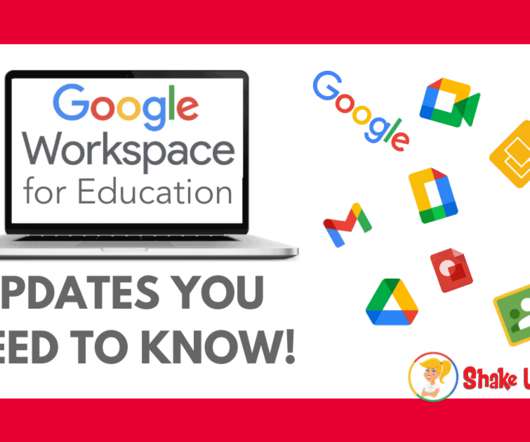Satellite Broadband Is Expanding. Can That Reduce the Digital Divide?
Edsurge
FEBRUARY 22, 2022
The satellites will be part of the future of internet access, but using them in education will require some creativity, Johannes Bauer, chair of the Quello Center at Michigan State University, says. And that sudden shift exposed inequities in who has access to broadband.































Let's personalize your content